Our holiday ended with, I must say, a whimper as it rained, and rained, and rained, all day. We always experience some rain during our January Thredbo trips, but it’s rare for there not to be a break during the day, enabling us to sneak out for a short walk. Not so on our last full day this trip. However, we are not about to complain given fires were flaring up in the region, including in Canberra itself, and, we did have books to read, tennis to watch, games to play and puzzles to do, music to listen to, and just general rest to have.
It also gave me some opportunity to do some research, including Thredbo’s response to climate change. After all, for a place for which climate is pretty much everything, climate change should be serious business, and it seems that it is being taken seriously.
Environment Thredbo
Without undertaking extensive research, I found a few interesting articles and sites, including Environment NSW’s alpine resort round-up for winter 2019. This is a government report, so, of course, it’s going to put a positive spin on things, but hopefully its facts are real, not alternative! There were two facts in this report that particularly interested me.
One was that in 2017, 2018 and 2019 Thredbo was awarded Silver certification in EarthCheck’s destination standard, EarthCheck being a scientific benchmarking, certification and tourism advisory group. Thredbo has been working with them since 2012, and aims to achieve Gold certification by 2021. In the 2019 review, it was recognised for achieving best practice in three areas: social impacts, chemical store/training, and use of a mobile paintbrush washing system (whatever this is!) Thredbo’s primarily focused on resource conservation, renewable energy use, recycling, waste reduction, lowering emissions, and increasing awareness of sustainability actions.
The other fact was that representatives from Australian and Need Zealand ski resorts came to Thredbo in March 2019 for the first Australasian ski resort environmental forum. Hosted by National Parks and Wildlife Service (NPWS) and sponsored by the Australian alps national parks, its aim was for resorts to share new and innovative solutions. Thirteen issues were apparently discussed ranging from threatened species management, energy use, cultural heritage to social issues, with ideas presented about fauna crossings, small-scale hydro-electric power, solar street lighting, biosolids as agricultural fertiliser, and community education.
Indigenous Thredbo
You might be forgiven, when you visit Kosciuszko National Park, for thinking that indigenous people never lived there or that, if they did, they are long gone. Most of the names in the area – streets, buildings, tracks and POIs (points-of-interest) – are named for its European heritage. Kosciuszko, for example, commemorates a Polish hero; and then there’s Crackenback, Ramshead Range, Bullocks Hut, Bob’s Ridge, Dead Horse Gap, Diggings Campground, not to mention Perisher Valley and Charlotte Pass. There are some exceptions, however. Thredbo, Jindabyne, the Ngarigo Campground, and Bogong, which is used for names throughout the Alps, are all indigenous in origin (or, are believed to be).
There are discussions about changing the name of Mt Kosciuszko, but an agreed name has not been identified.
Gradually, around Australia, indigenous Australians are becoming formally involved in national park management, and so, finally, here too. In 2016, the NSW Government signed a memorandum of understanding (MOU) with the Monaro Ngarigo people confirming the local Indigenous community’s role in preserving the Park’s cultural value. This apparently took many years to orchestrate.
Tourism Snowy Mountains says that:
Aboriginal people lived on the plains, river valleys and foothills of the mountains for tens of thousands of years. On the highest mountains, important spiritual ceremonies were attended by groups from southeast New South Wales, north-east Victoria and west of the mountains. The mountains also form an important part of a complex network of ceremonial, song and story lines which run across the country. While the whole of the landscape is important to Aboriginal people, areas within Kosciuszko continue to have special significance. Kosciuszko has a rich cultural history following European exploration, Aboriginal people continued to live and work in the mountains.
Tourism Snowy Mountains
I’d say there’s a lot more that could be done in this region in terms of respecting indigenous culture, drawing on indigenous knowledge, and educating visitors about it. There are some tours available, such as this Buugang Cultural Tour in the northern section of the Park, and displays at the Kosciuszko Education Centre, but we rarely see references to indigenous culture in the areas we visit.
Back to us
Anyhoo, our holiday ended with a tasty light lunch at the Central Road 2625 Cafe, dinner at the casual Thredbo Burger Bar on Thursday night, and then breakfast at wildbrumby and lunch at the historic, but very traditional Bredbo pub, on our way home. We chatted briefly with the wildbrumby people who confirmed that the quietness we felt was real, and that these last two weeks, which are usually their biggest of summer, have been QUIET. They realise, though, that, unlike the beach communities, they have their main peak period – winter – to look forward to.
And that, folks, was this year’s unusual Thredbo trip! (Oh, and we did finish our audiobook just before we hit Canberra’s outskirts. Perfect timing.)
Just a few photos…
Given our rain-induced inactivity!

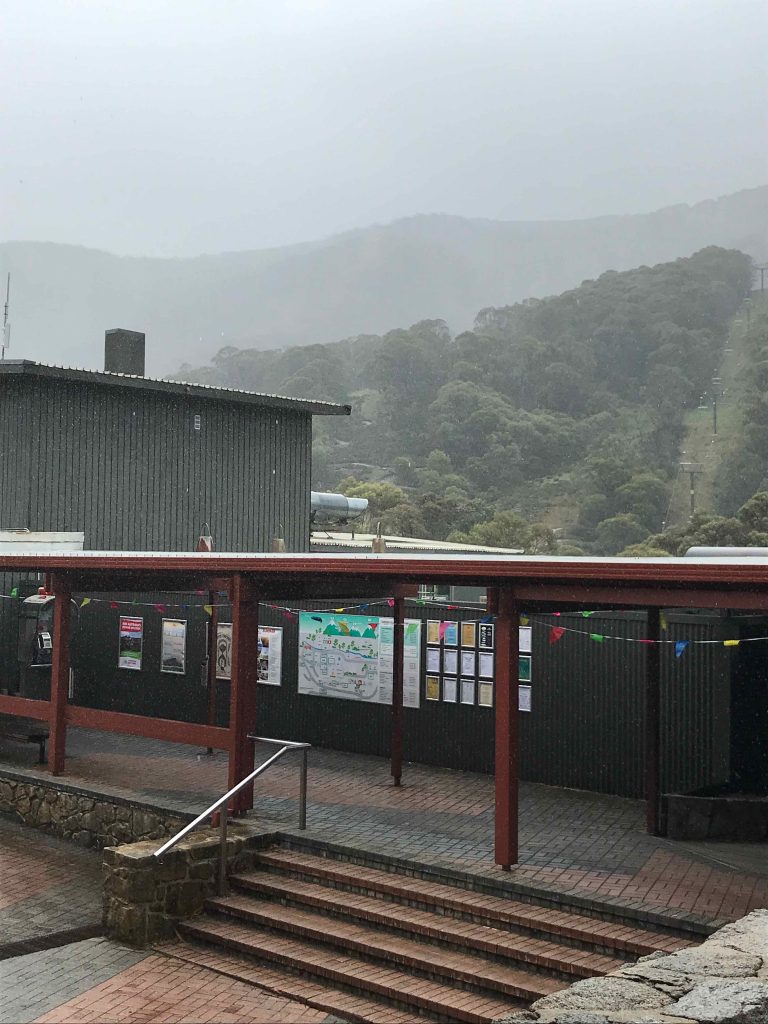
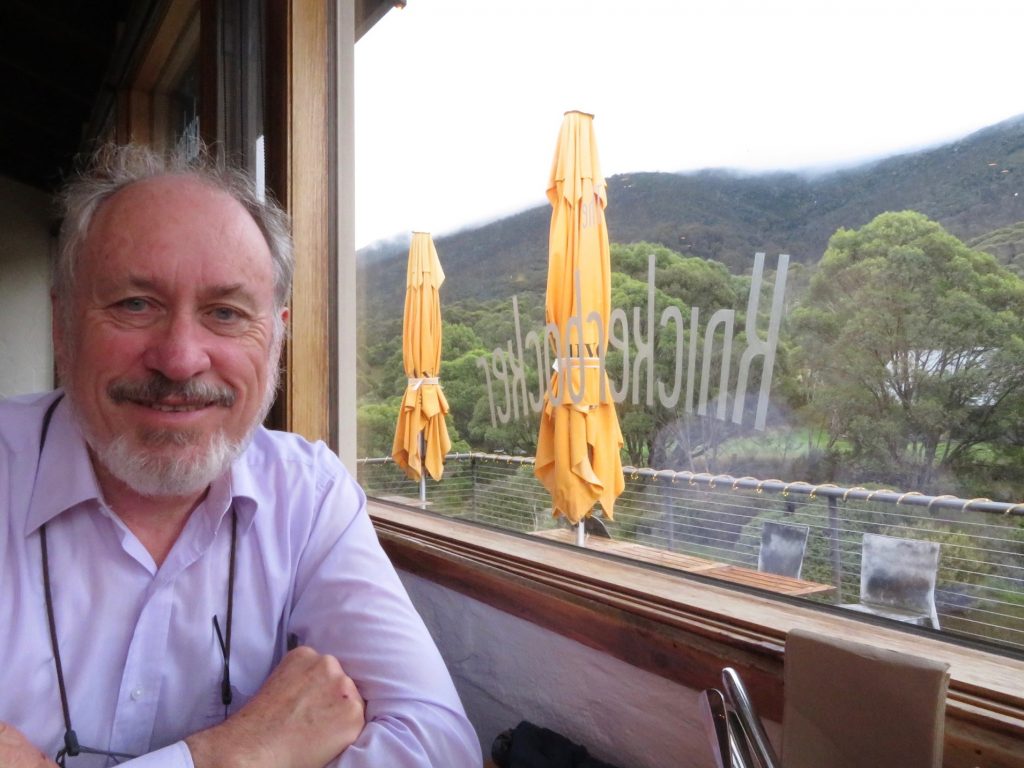
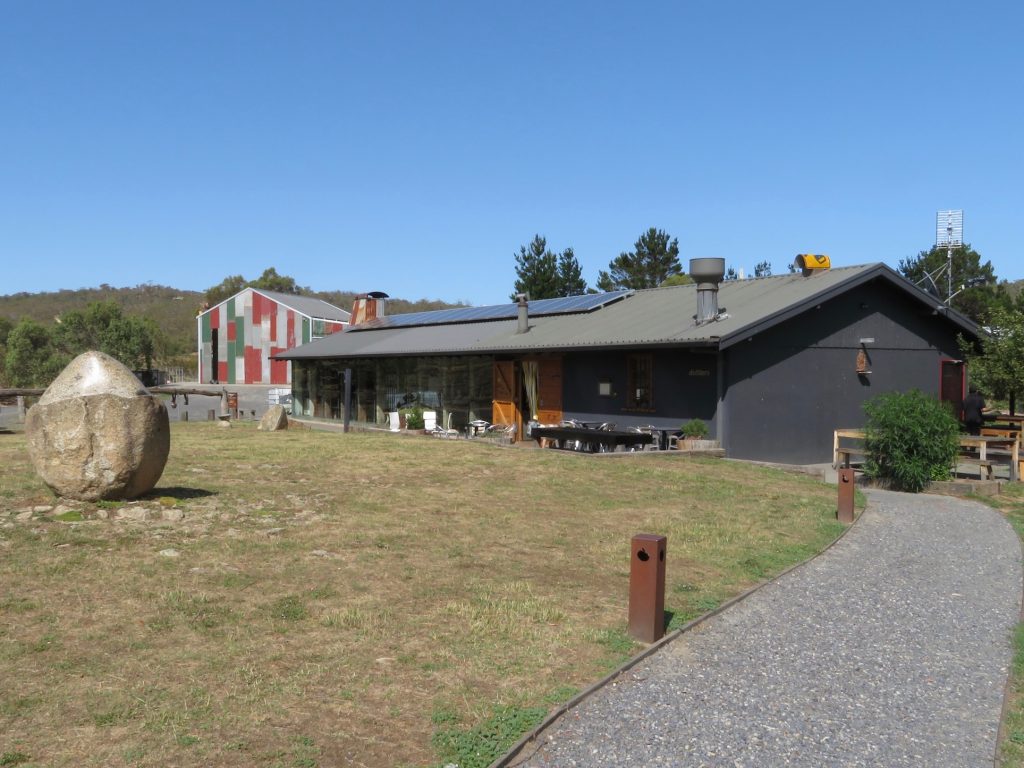

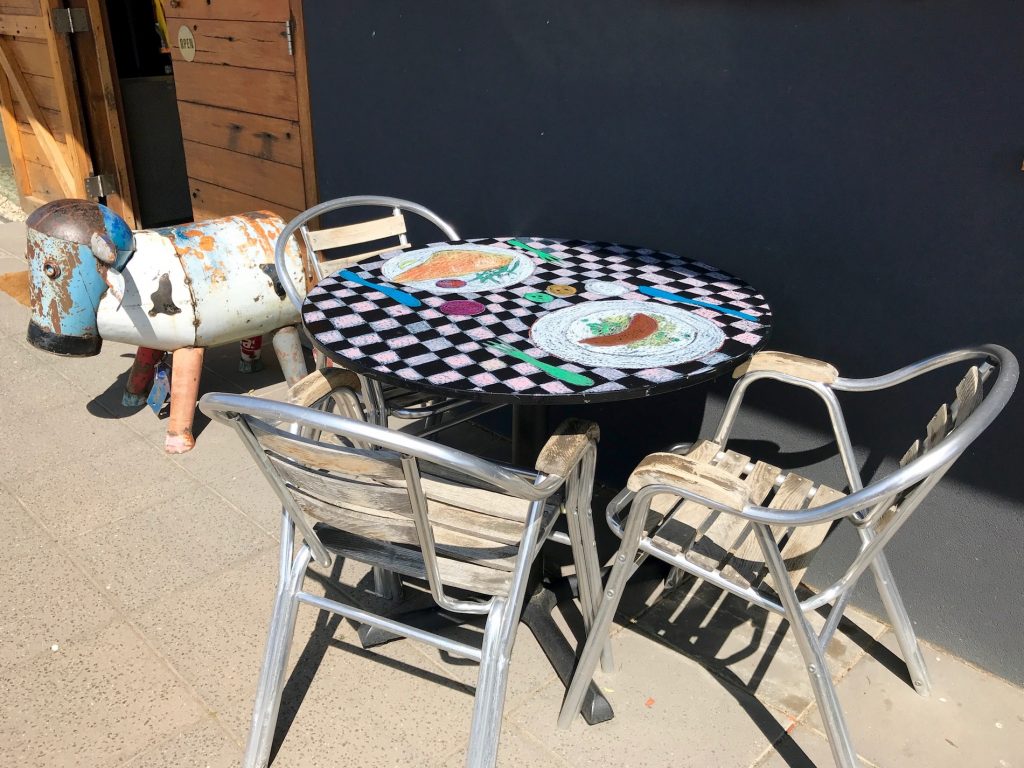
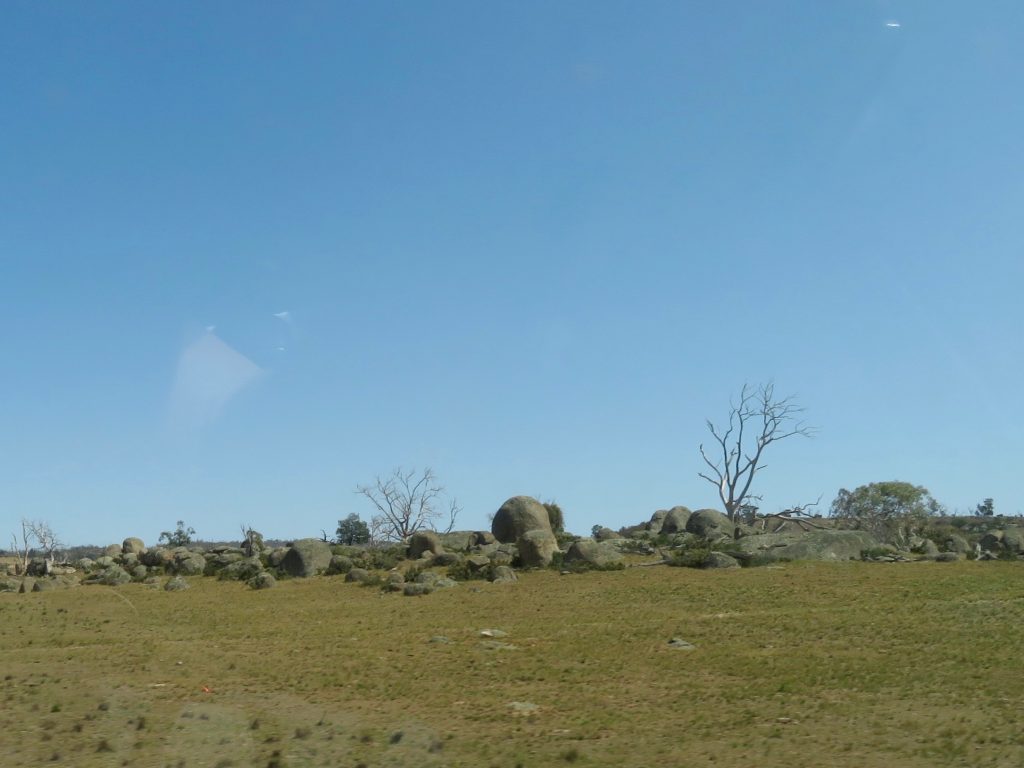
I’m glad you made it there and back in safety:)
Thanks Lisa – us too!
Rain is great because you have to take it easy. I hope you had a safe trip home.
exactly Carolyn – silver linings, and good for the fires. We had a good trip home, thanks. It’s a 2-hour drive and one I rather like.